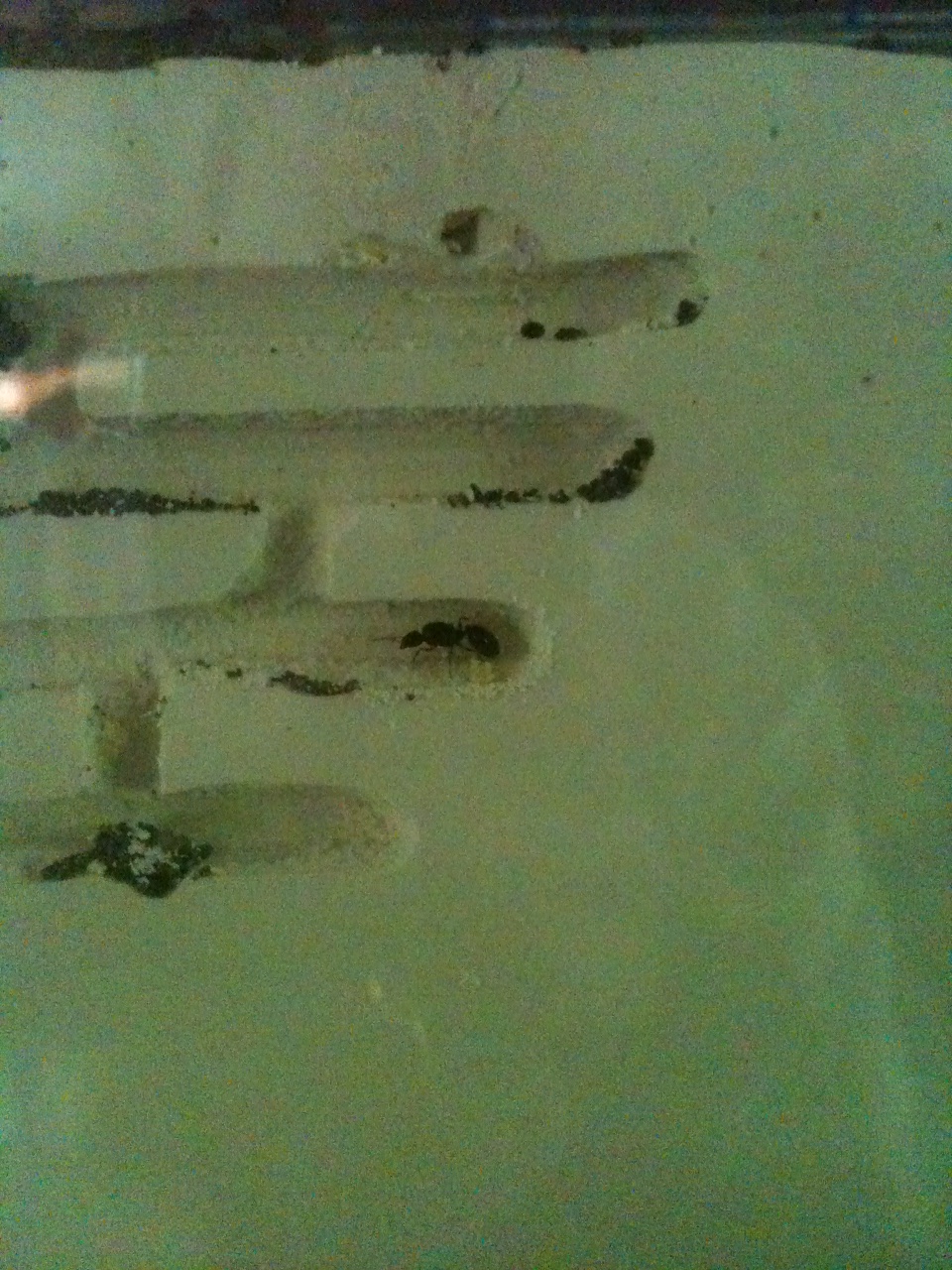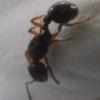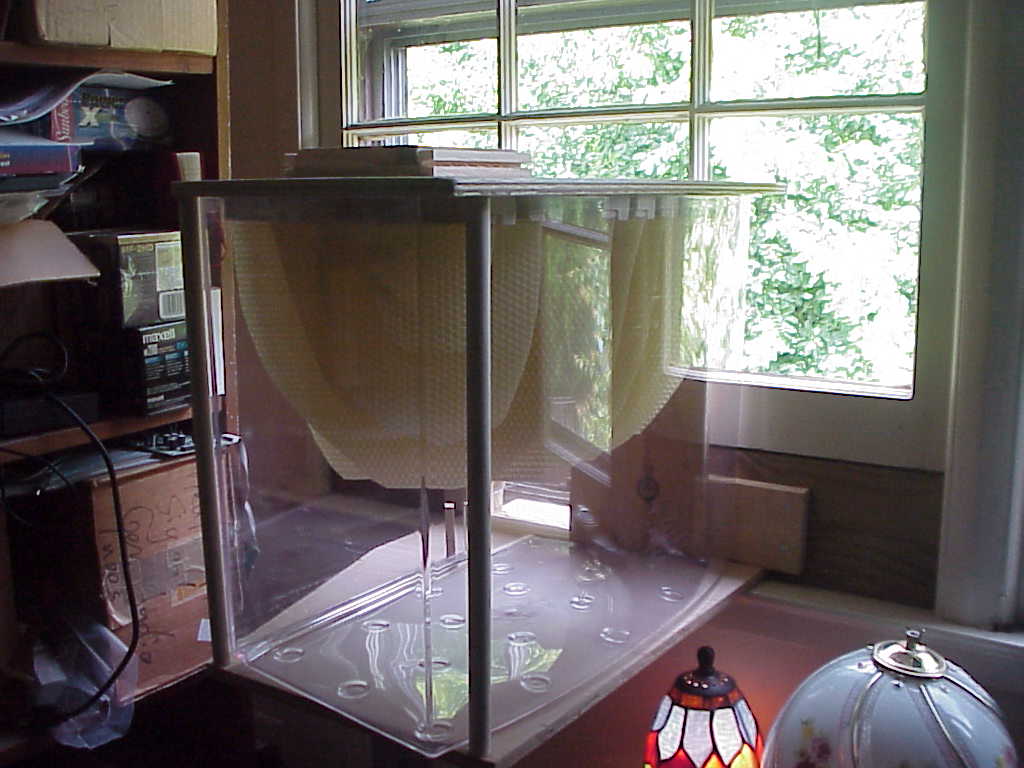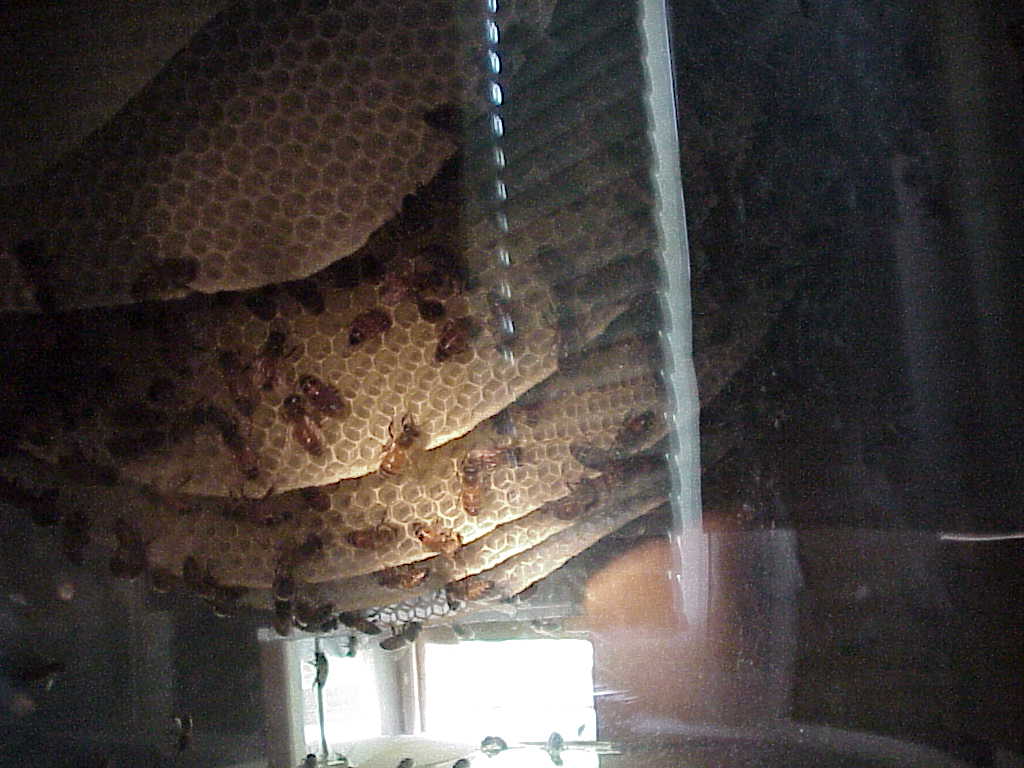Hello all, I found this site while I was on vacation in central Florida recently and I had to join. I have been studying ants since I was 5 years old (OK, 1959!) and this year I have luckily founded several colonies of Monomorium minimums (sidewalk ants) including 4 cloistered together under a welcome mat (now that workers have hatched out they thinned the queens down to two by removing legs and dumping the bodies topside). Also a colony I found in June under a rock - common myrmecines bigger than M. minimum (Novamessor?), they have been doing very well, I make formicaries out of plastic critter boxes from PetSmart etc and cast a vertical slab of Plaster of Paris, after it sets I space it from the front and fill the space with tamped sifted dirt and seal it at the top with plaster and drill an access hole or two and also use plaster on top of cardboard for the "ground surface" from the slab to the back (for carpenter ants you can omit the space and put it on a milling machine and use drills to form chambers and tunnels etc. and reinstall it flush with the front). I also have a colony of Pheidole megacephala I found in Florida last week, in a nice round plastic leftover container with plaster and dirt layer, but I am having a hard time getting them to start eating again... Also on the way back, at a reststop on the Southern border of North Carolina I found a red myrmecine Queen, looks the same as a M. minimum, I have her in a small container with plaster and dirt and she has sealed herself in. It will be interesting to see the workers in about 7 weeks or so... In Florida I had found some bigger myrmecines in a small log I had moved, but when I wanted to collect them right before heading back to Virginia, they had moved out - you have to watch for that in wood dwelling ants. Also I was on the lookout for Crematogaster sp. (Acrobat or Valentine ants) but no luck. These are also in Virginia... Also I had wanted to find Solenopsis invicta (Fire ants) - yes they were everywhere but collecting a queen or colony is a different matter! I have seen these as far North as Virginias' upper peninsula by the way.
In the late 1960's I also studied yellow jackets and would collect the nest with just queen in late May (before those pesky workers hatch out!) and plaster the nest inside a wood box with glass sides and provide an entrance through a window board in my upstairs bedroom. She would learn the new location and continue to forage and enlarge the nest. Early in June the first small (nanitic) workers would hatch out. After 3 or 4 workers have started foraging the queen would never again leave the nest. Vespa vulgaris face the threat of takeover by queens of Dolichovepula arenaria, who laze around in the spring and start hunting nests in June, they will attack and kill all the workers and the original queen and take the nest over and start laying her own eggs. Hatching V. vulgaris workers treat her like, well, a queen, and eventually much larger D. arenaria workers and queens will hatch. I have also kept European brown hornets, honeybees, and bumblebees in observation nests. Here is a M. minimum queen photo, I will try to take some better ones... Bob




















